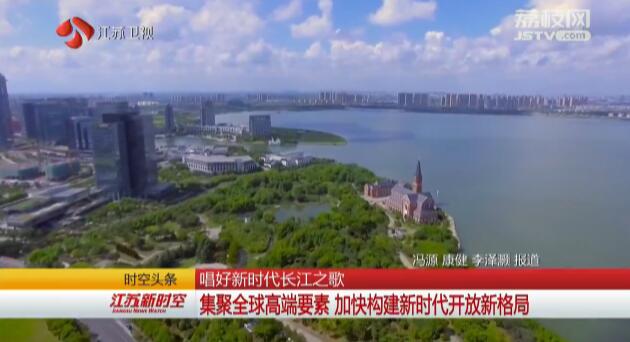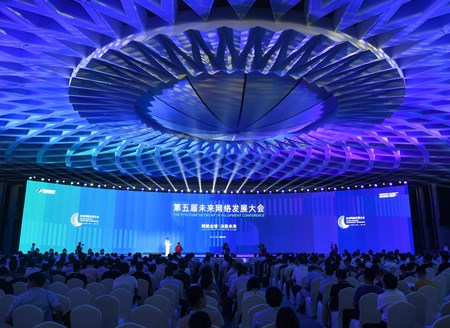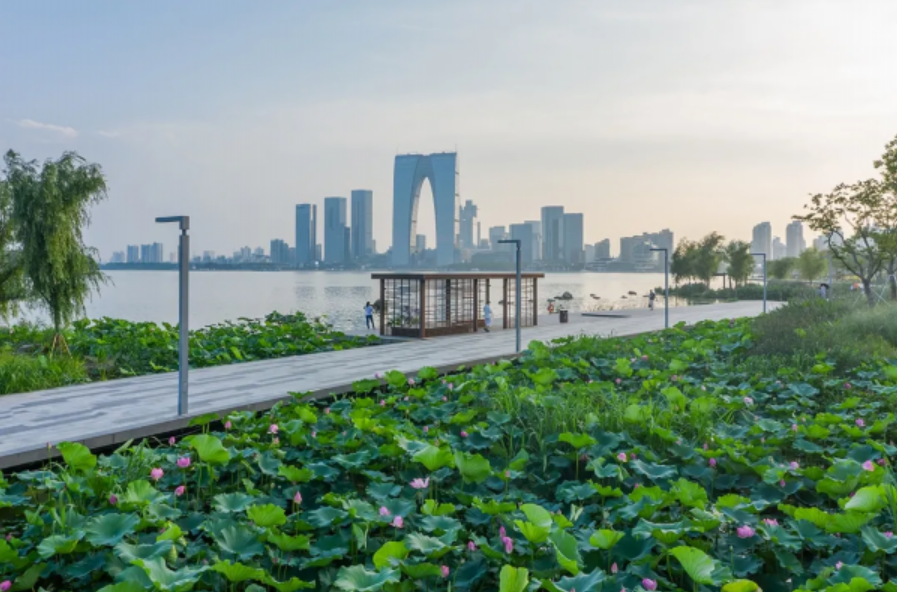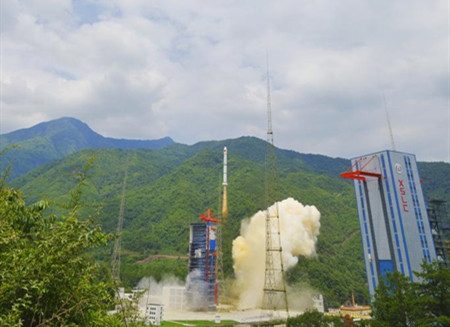To speed up the construction of a modern economic system depends on deepening the reform of opening up to the outside world and gaining the upper hand in an open economy. The remark was made by Lou Qinjian, Secretary of the Provincial Party Committee, at the promotion conference for the integrated development of the Yangtze River Economic Belt.
At the Sino-German Intelligent Manufacturing Institute in Nanjing Jiangbei New Area, German expert Berkhardt is discussing the plan with the Chinese team. Recently, they are designing a digital workshop project for Nari-tech Group to achieve a revolutionary change in production through a total solution for smart manufacturing.
The Sino-German Intelligent Manufacturing Research Institute is a national innovation platform jointly established by Nanjing and Fraunhofer-Gesellschaft, the core research institute of Industry 4.0. it has provided solutions to more than 30 local manufacturing companies in Jiangsu.
As one of the important open platforms in Jiangsu, the Jiangbei New Area is creating innovative fulcrums for the Yangtze River Economic Belt by vigorously introducing global high-end elements and high-level talents.
In addition to the Sino-German Intelligent Manufacturing Research Institute, the Jiangbei New Area has also established a Life Sustainability R&D Center in collaboration with the Lawrence Berkeley Laboratory in the United States, the Sino-Swiss International Cancer Treatment Center with the Swedish Health Development Center and Cambridge University-Nanjing Science and Technology Innovation Center.
While building an innovation platform, it has also introduced more than 140 chip companies and 410 life and health-related enterprises to form a strong magnetic field.
In order to give better play to the leading role of the development zone in the construction of the Yangtze River Economic Belt, in the next step, the province will further clarify and re-evaluate the opening positions of major sections, and create an open lead area for gathering high-end global high-tech elements along the Yangtze River so as to make breakthroughs in the key areas of the service industry by specifying the foreign investment negative list, deepening the reform of the customs clearance system for the Yangtze River, and implementing the protection of intellectual property rights to advance the cooperation in the Yangtze River Delta.
A three-year action plan has been approved by officials of Shanghai and Jiangsu, Zhejiang and Anhui provinces who gathered on May 31st in Shanghai to map out the blueprint for the integrated development of the Yangtze River Delta region. The plan aims to build the region into a world-class city cluster by 2020.
The agreements, signed at the 14th symposium of the main leadership of the Yangtze River Delta, indicated that by 2020, the region aims to become a national demonstration zone for new development concepts, a world-class urban center and an Asia-Pacific gateway for global resource allocation.
With a GDP of 19.5 trillion yuan or $3.08 trillion last year, the Yangtze River Delta-which is at the convergence of the Belt and Road Initiative and the Yangtze River Economic Zone-accounted for roughly 25 percent of the nation's GDP, official statistics show.
Based on the plan, 11 cooperation projects were also signed to facilitate coordination and links in areas such as planning, reform, innovation, urban facilities, transportation networks and public services.
A joint administrative office for the Yangtze River Delta region will be established after the three-year action plan is formulated.
(Source: Jiangsu International Channel)






